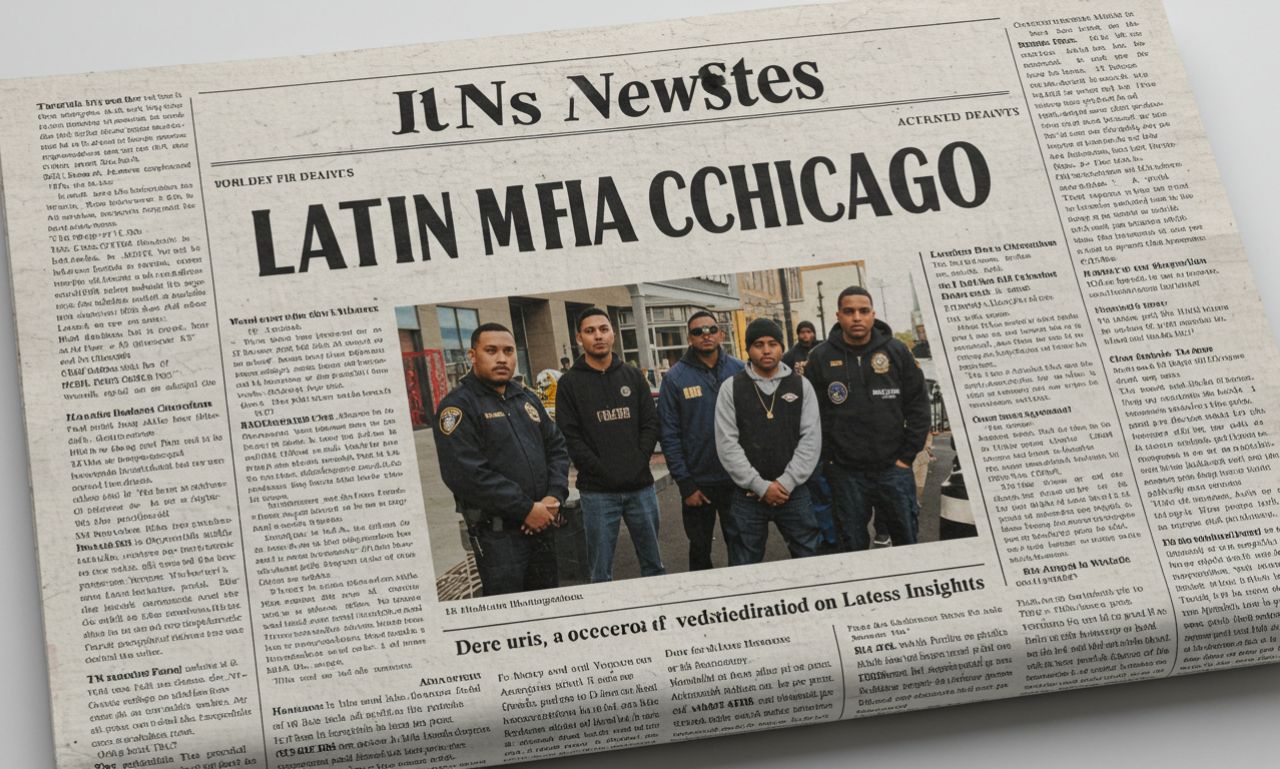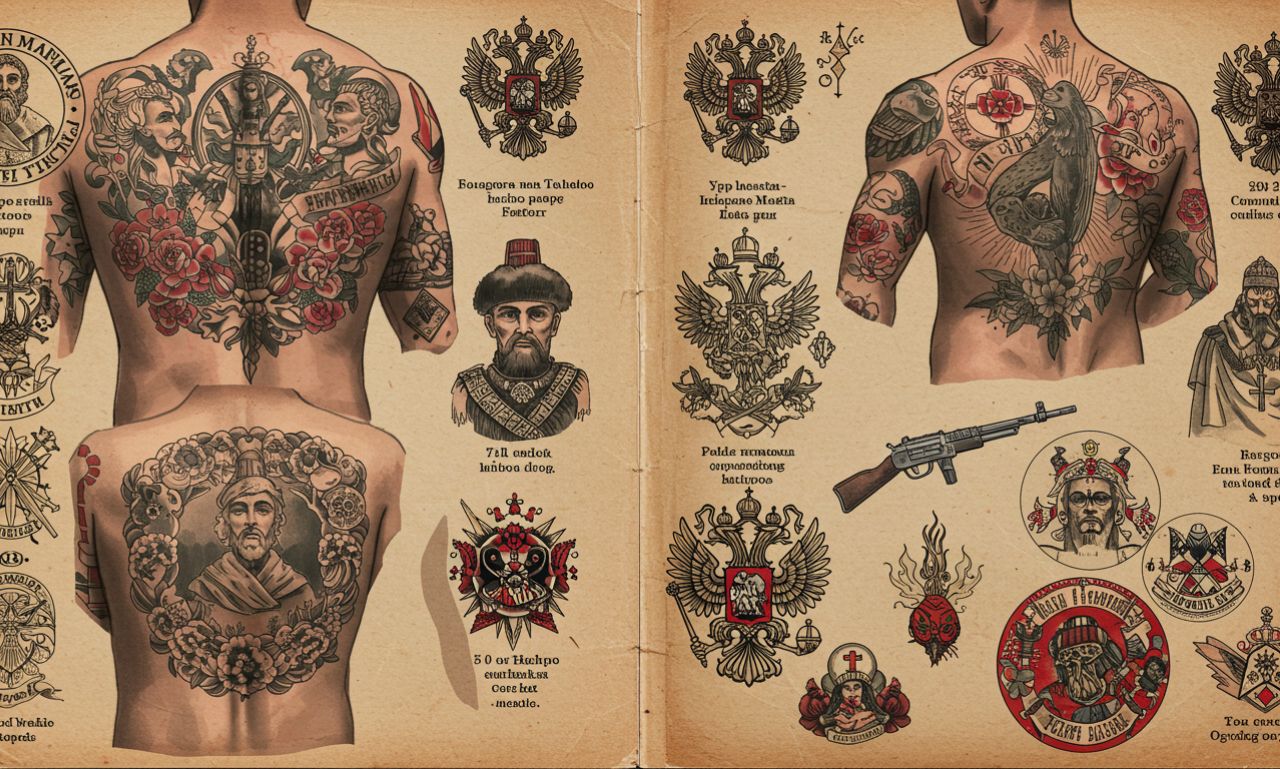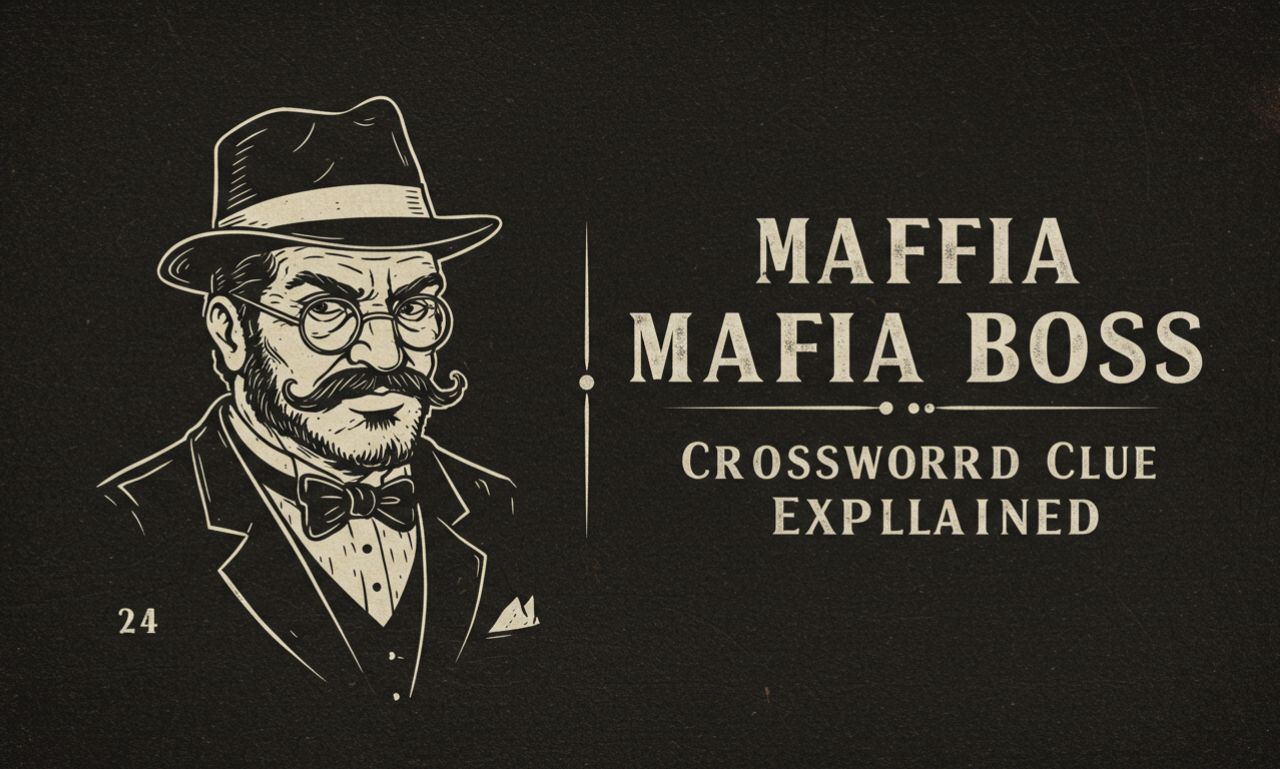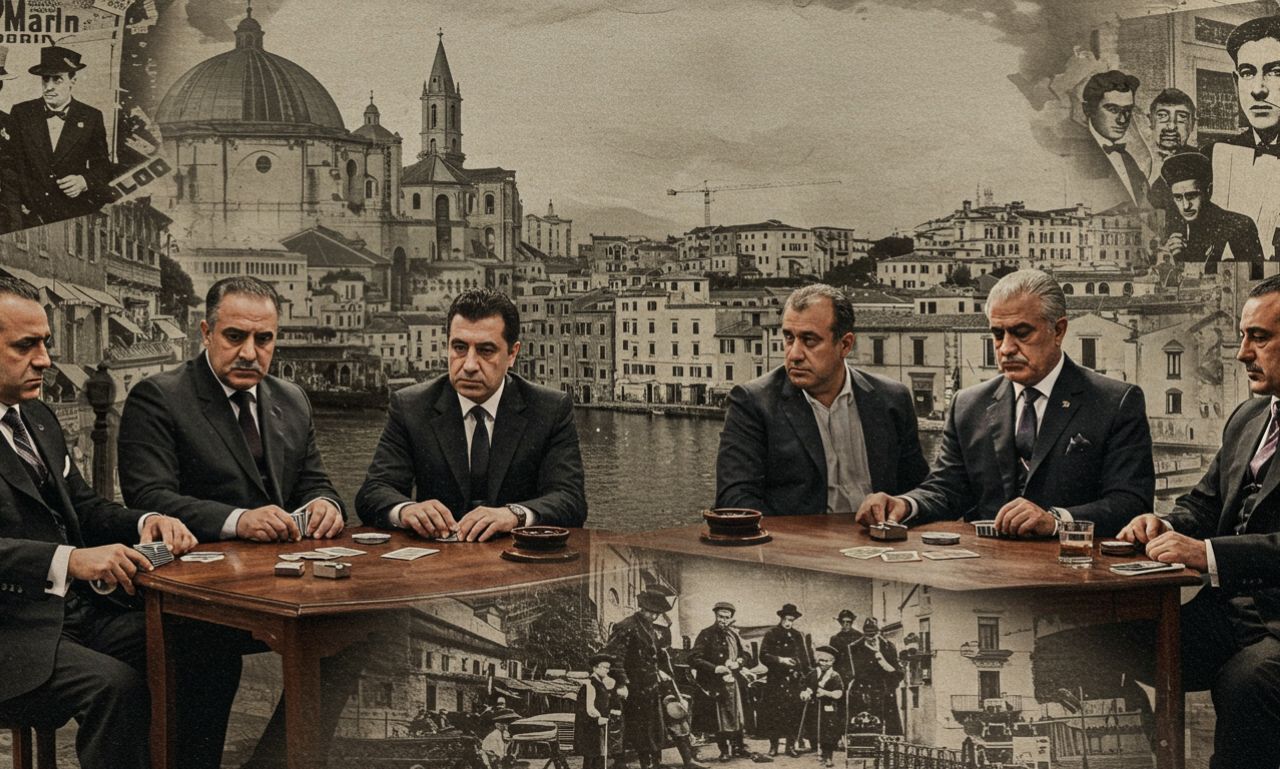Chicago has long been known as a city where organized crime leaves its mark. While the Italian Mafia often steals the spotlight, the rise of Latin Mafia Chicago tells a different but equally compelling story. Rooted in immigrant experiences, cultural identity, and urban struggles, this organized network reflects not just crime but also survival, community, and influence. Understanding the Latin Mafia Chicago requires exploring its history, power structures, and impact on local neighborhoods.
Origins of Latin Mafia Chicago
The roots of the Latin Mafia Chic-ago date back to the waves of Latin American immigration in the 20th century. Communities, particularly from Mexico, Puerto Rico, and Central America, faced economic hardship, racial discrimination, and lack of opportunity. In this environment, organized groups emerged as a way of protection, identity, and sometimes rebellion. Over time, these groups expanded beyond protection into organized activities that mirrored those of traditional Mafia families.
Latin Mafia Chicago and Immigrant Identity
The Latin Mafia Chic-ago cannot be separated from immigrant identity. For many, these networks represented not just crime but community organization. In neighborhoods where opportunities were scarce, the mafia provided a sense of belonging, unity, and even pride. This duality—both feared and respected—became part of Chicago’s cultural fabric.
Structure of Latin Mafia Chicago
Much like traditional crime families, the Latin Mafia Chic-ago operates through hierarchy and loyalty. Leadership positions often include a strong central figure supported by lieutenants and local crew leaders. Unlike Italian counterparts, Latin groups sometimes adapt a more decentralized model, reflecting street gang roots. This flexibility allows them to operate across diverse neighborhoods, expanding influence in unique ways.
Latin Mafia Chicago and Street Gangs
One key feature that separates Latin Mafia Chic-ago from other mafias is its deep connection with street gangs. Groups such as the Latin Kings and other Latino organizations overlap with mafia structures, blurring lines between organized crime and community gang activity. These alliances strengthen their grip on Chicago neighborhoods while also complicating law enforcement strategies.
Economic Activities of Latin Mafia Chicago
Organized crime thrives on profit, and the Latin Mafia Chic-ago is no exception. Activities often include drug distribution, extortion, money laundering, and illegal gambling. However, unlike more traditional mafias, some groups maintain strong connections to street-level trade, making them both powerful and highly visible. This visibility has drawn heavy law enforcement attention over the years.
Influence on Chicago Neighborhoods
The presence of the Latin Mafia Chic-ago has reshaped entire neighborhoods. In some areas, they are seen as protectors, offering financial support, employment, or even community events. In others, they are feared for violence, extortion, and territorial battles. The dual impact creates a complicated legacy, mixing community pride with painful consequences.
Latin Mafia Chicago vs. Italian Mafia
While both groups share similarities in structure and goals, differences exist. The Italian Mafia built influence through unions, politics, and businesses, often staying behind the scenes. In contrast, the Latin Mafia Chic-ago has been more visible, blending street presence with larger operations. This visibility can be both a strength—building loyalty—and a weakness—attracting law enforcement.
Law Enforcement and Latin Mafia Chicago
The Chicago Police Department and federal agencies have long tracked the activities of the Latin Mafia Chic-ago. Operations often involve undercover work, surveillance, and community engagement. Major arrests have disrupted operations, but like other mafias, resilience is part of their DNA. Each time a leader is taken down, new figures emerge to carry the legacy forward.
Cultural Impact of Latin Mafia Chicago
Beyond crime, the Latin Mafia Chic-ago has left an imprint on music, art, and storytelling. Rap lyrics, murals, and films often reference Latin organized groups, portraying them as symbols of struggle and survival. While glamorization can be dangerous, it also reflects how deeply embedded the mafia has become in cultural imagination.
Community Responses to Latin Mafia Chicago
Communities affected by the Latin Mafia Chic-ago respond in different ways. Some resist, forming coalitions to keep youth out of gangs and organized crime. Others reluctantly cooperate, seeing the mafia as a source of stability in areas where official institutions failed. This ongoing tension shapes how neighborhoods evolve in Chicago’s ever-changing urban landscape.
Youth and Recruitment in Latin Mafia Chicago
Recruitment is central to the survival of the Latin Mafia Chic-ago. Young people, often searching for belonging and opportunity, become easy targets. Through promises of respect, financial gain, and protection, they are drawn in. Breaking this cycle has been one of the most significant challenges for community organizations and law enforcement alike.
Women in Latin Mafia Chicago
While often overlooked, women play important roles in the Latin Mafia Chic-ago. Beyond supporting roles, some rise to leadership positions, managing operations or acting as key decision-makers. Their involvement highlights how organized crime adapts, incorporating new dynamics while maintaining core traditions.
Media Portrayal of Latin Mafia Chicago
The Latin Mafia Chic-ago has been portrayed in documentaries, TV shows, and news coverage. Media often highlights violence and crime but sometimes fails to capture the complex social factors behind the rise of these groups. Balanced storytelling is essential to understanding the human side of these networks.
Latin Mafia Chicago and Politics
Like many organized crime groups, the Latin Mafia Chic-ago has occasionally intersected with politics. Whether through corruption, donations, or intimidation, influence can stretch beyond the streets. While not as entrenched as Italian families once were, their ability to sway local power dynamics remains significant.
Global Connections of Latin Mafia Chicago
Organized crime rarely exists in isolation. The Latin Mafia Chic-ago often connects with international networks, particularly in drug trade routes spanning Mexico, South America, and beyond. These connections elevate local operations into global enterprises, increasing both power and vulnerability to federal crackdowns.
Future of Latin Mafia Chicago
The future of the Latin Mafia Chic-ago depends on multiple factors: law enforcement pressure, community resilience, and generational change. While crackdowns may reduce their power temporarily, the social conditions that created them—poverty, exclusion, and marginalization—continue to fuel their existence. Until those root causes are addressed, the mafia will likely endure in some form.
Latin Mafia Chicago and Cultural Legacy
Whether feared or respected, the Latin Mafia Chic-ago has carved out a legacy in the city’s history. Its story is one of resilience, adaptation, and identity. From immigrant struggles to modern-day influence, it represents both the challenges and strength of Chicago’s Latin communities.
Conclusion
The story of the Latin Mafia Chic-ago is more than crime—it’s about identity, resilience, and survival in a city shaped by migration and struggle. While law enforcement battles its presence, communities continue to grapple with its dual role as both a source of fear and an unlikely form of stability. Understanding its history and evolution is crucial for shaping a safer and more inclusive Chicago future.




